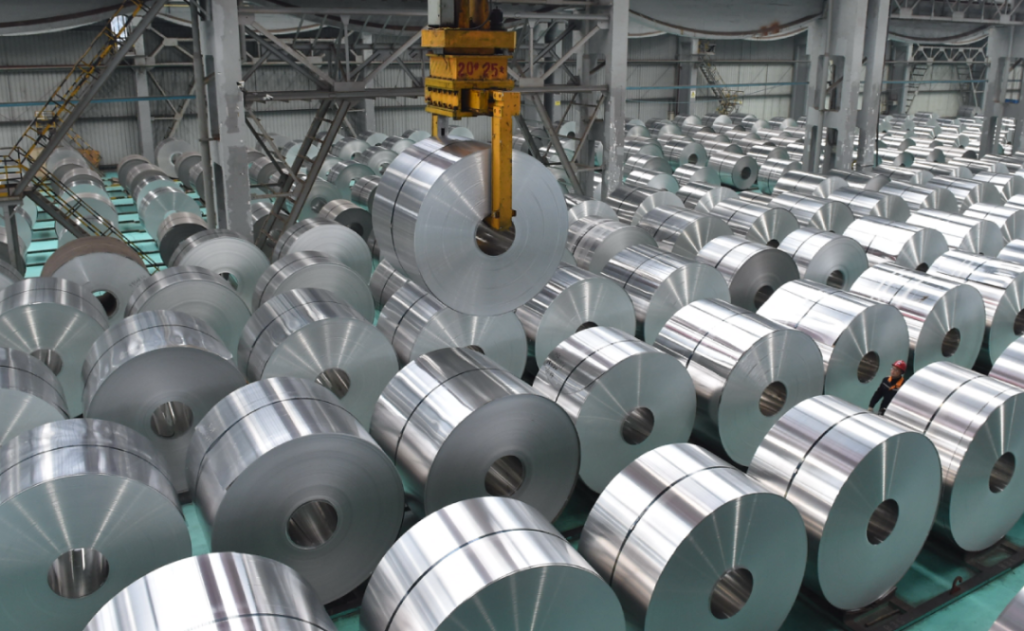Introduction
Aluminum plays a pivotal role in modern construction and manufacturing due to its lightweight, durability, and resistance to corrosion. Among the many factors that influence the performance of aluminum structures, wall thickness stands out as a critical parameter. Understanding aluminum wall thickness is essential for anyone involved in selecting or using aluminum profiles for various applications.
Defining Aluminum Wall Thickness
Aluminum wall thickness refers to the thickness of the aluminum cross-section, typically measured in millimeters (mm). This measurement is crucial as it directly impacts the strength, rigidity, and application range of the aluminum profile. In essence, the thicker the aluminum wall, the higher its strength and rigidity, which also translates to greater density, heavier weight, and higher cost.
Thickness Variations and Their Implications
Common aluminum wall thicknesses include measurements such as 1.4mm, 1.8mm, and 2.0mm. Each increment in thickness brings about changes in the profile’s performance and cost. For example, broken bridge aluminum windows with a 1.4mm thickness are generally priced between 400-500 yuan per square meter, while those with a 1.8mm thickness can cost around 800 yuan per square meter. The increased thickness not only raises the price but also imposes higher installation requirements and greater demands on the bearing capacity of connection points.
National Standards and Regulations
In terms of regulatory standards, the minimum wall thickness for thermally broken aluminum profiles should not be less than 1.4mm, and for outward-opening doors, it should be at least 2.0mm. The new national standard recommends a thickness of ≥1.8mm for the main profile of system windows, whereas the older standard suggested ≥1.4mm. It’s important to distinguish between the main profile, which bears the load, and the secondary profile, which plays a decorative role and can be slightly thinner.
Quality Considerations in Aluminum Profiles
When selecting aluminum doors and windows, it is crucial to opt for products from reputable brands. Brand manufacturers typically follow a stringent quality management system, ensuring that profiles are made from original aluminum and processed to precise standards. In contrast, small workshops might use recycled aluminum and manual assembly methods, leading to subpar quality.
Practical Tips for Consumers
Consumers should prioritize system doors and windows over ordinary ones. The wall thickness of the main frame profile for aluminum doors should be at least 2mm, and for windows, it should be at least 1.4mm. Additionally, for thermally broken aluminum, the insulation strip should be made of PA66 with 25% glass fiber, rather than PVC. This choice significantly enhances the thermal performance and longevity of the aluminum profiles.
Conclusion
Understanding the importance of aluminum wall thickness is vital for both consumers and professionals in the construction and manufacturing industries. By adhering to national standards and opting for high-quality profiles, one can ensure the durability, safety, and efficiency of aluminum structures. Always choose reputable brands and system doors and windows to avoid potential pitfalls associated with inferior products.

